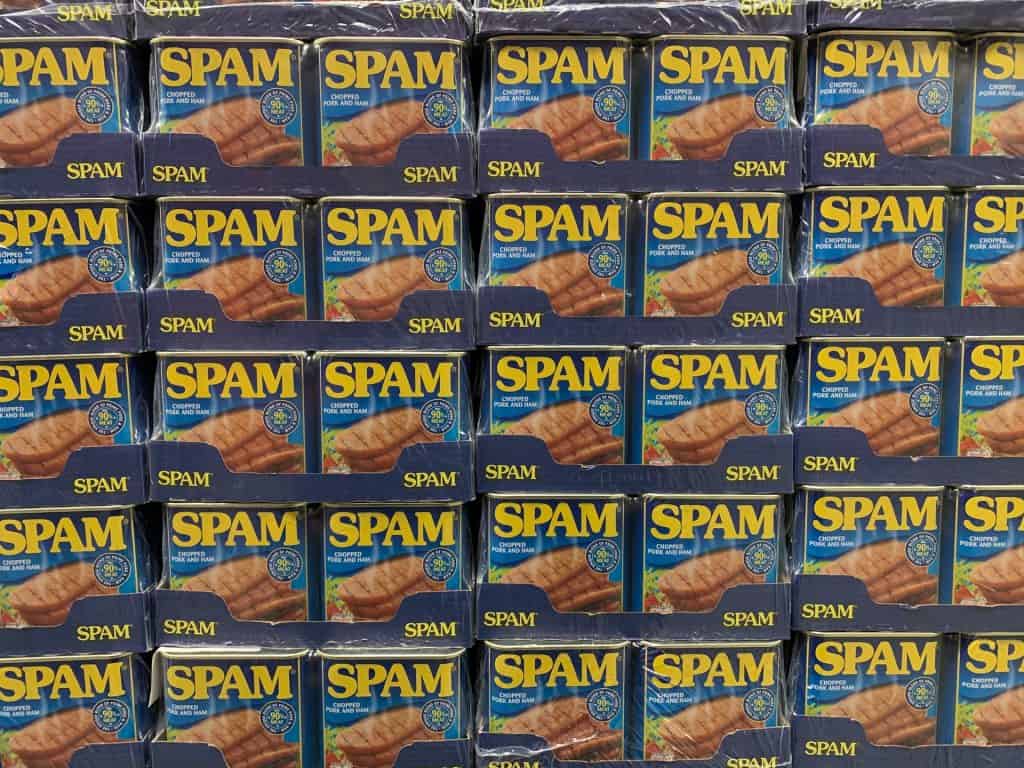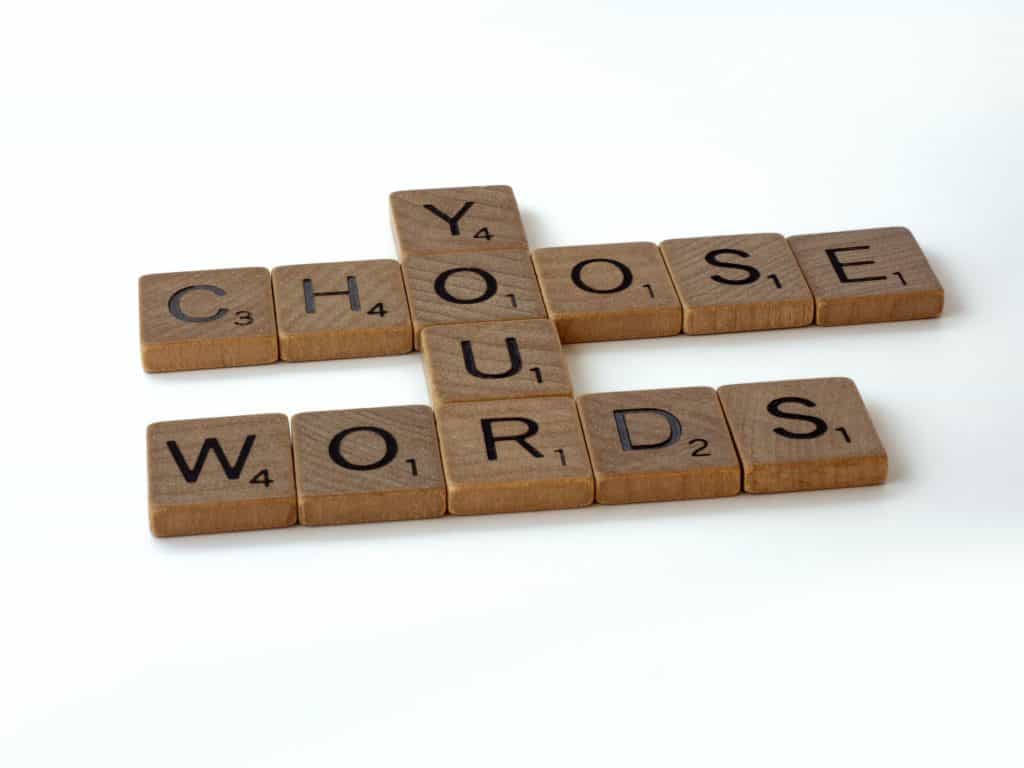An email plagued with grammatical errors, spelling mistakes, and typos may result in your reader perceiving you as sloppy, careless, or lazy. Even when the email conversation takes on a light-hearted tone, it does not mean that you can drop your grammar standards. (Because the trivial things matter, and they are the ones that make big things happen!)
How Formal?
The rule of thumb is to always be formal with anyone you’re unfamiliar with and adapt your style as you get to know them. If it’s someone you’ve not met or written to, in scenarios like submitting a job application or writing to a potential client, your communication style is your first impression; no one will be offended by an overly formal approach.
When you are representing your employer, keep to a professional tone at all times. There is more than your reputation at stake. Whilst there are times when you can be more casual in your email correspondence with close colleagues and long-time clients as a sign of friendliness, remember that being informal doesn’t mean being unprofessional. Avoid jokes, gossip, or personal comments. Like letters, emails are documented evidence until the recipient deletes them.
Say Hello
In a world of electronic interactions, we get so good at crafting and sending emails on our phones; it’s easy to use emails as conversation threads or instant text messaging. As such, it’s convenient to omit the greetings because you wouldn’t say “hello” to your friend every time you start a new text message.
All emails sent in a professional setting should always observe the traditional conventions of business communications – with a proper greeting at the beginning. Do not risk having your reader second-guess your ethics, intentions, or mood.
The difference between “Dear” and “Hello” or even “Hi” shows the level of professionalism you want to establish with the recipient, going back to understanding how formal you need to be in the email correspondence.
In some scenarios, adding warmth to the greeting with “I hope you’re doing well” or “I hope you had a great weekend” can help set the tone and vibe before getting down to business further in the email.
Pay close attention to salutations, titles, names, and genders. Address your reader appropriately. An error in this aspect can be destructive, not to mention embarrassing for both you and your employer.

Subject Line Matters
This is the first thing a reader sees before opening an email. With hundreds of emails jamming our inbox every day, ensure that your message gets read by indicating a clear subject line, such as “Application for the position of <Job Title> – <Your Name>”, “Performance marketing proposal attached”, or “Questions about your presentation”.
Do not overdo it by using misleading clickbait titles that are irrelevant to your email content, or worse – exclamation marks, a string of them (!!!!!!!!), UPPERCASE letters, and emojis. Most importantly, do not leave the subject line blank. These practices will make your email look like spam.
Another email behaviour that gets people on their nerves is when the sender puts a question or instruction in the subject and leaves the entire email body blank. Imagine receiving an email with a subject line that reads “Send me last month’s sales report” and nothing else. With no greetings, “please”, and “thank you”, the message reads abrupt and disrespectful, doesn’t it? This serves as a reminder that the email medium is not your instant text messenger.
Less Is More
A 1,000-word email? No one has got time for that. Find words that allow you to express yourself concisely and get to the point. If an idea or proposal requires elaboration, put that in a document and attach it with the email. On that note, be considerate by not including huge files in emails. Instead, provide a link to large files hosted in the cloud.
Unless you are writing terms and conditions, keep the font size to 11 or 12 points, with Arial black as the safest and most professional-looking font and colour choice.

The Business Vocabulary
You may need to acquaint yourself with a whole new set of specialized vocabulary when communicating in the business world. Be cautious in the overuse of informal stylized business jargons or corporate lingo, as they can be deemed exaggerated and arrogant, and in most cases – unnecessary. Here are some tired phrases: “deep dive”, “gain traction”, “on the same page”, “kudos”, “move the needle”, and “low-hanging fruit”.
Avoid slangs and idiomatic expressions, such as “pulling your leg” or “a piece of cake”. Not everyone can understand them, especially non-native English speakers. As a guide, if a word or phrase looks complicated, do not use it. Stay genuine and always use language that is clear and simple.
Spell It Out
There is a library of abbreviations and acronyms for technical terminologies in the corporate world. If you are thinking of using them in your email, always check the understanding of your email recipient. For example, acronyms like AML, KYC, or CDD are common parlance in the world of finance and compliance but would likely draw blank stares from anyone else. If you are unsure, play it safe and write it out in full with the abbreviated term in brackets. You can then start to use the abbreviation further down in the email. No one should have to google anything when reading your email.
LOL, IMO, IMHO, OMG, and THX – yes, even THX – abbreviations used in your everyday social media or text messaging are unacceptable in formal email communications. Spelling out “thank you” in full takes only a few seconds and can demonstrate your sincerity.
There are, however, some widely-used abbreviations in work email communications, such as ASAP (As soon as possible); Attn (Attention); BTW (By the way); ETA (Estimated Time of Arrival); EOD (End of Day/Discussion); FYI (For your information); TBD (To be decided); and TBA (To be announced). Being familiar with these terms is good knowledge, and whether to use them goes back to how formal your email communication should be.
Let’s Eat Grandma
“Let’s eat Grandma” and “Let’s eat, Grandma” are two sentences with the same words but completely different meanings. This is a typical example to illustrate the potentially disastrous outcome of poor grammar and punctuation.
As much as you will check your CV or essay thoroughly before submitting it, do the same for every email before sending it. Use proofreading apps and online tools like Grammarly. Even if you have autocorrection turned on in your email client or Microsoft Word, it is not perfect. With one letter out of place, it is still a word.
An email plagued with grammatical errors, spelling mistakes, and typos may result in your reader perceiving you as sloppy, careless, or lazy. Even when the email conversation takes on a light-hearted tone, it does not mean that you can drop your grammar standards.

Ending Well
All business writing is meant to achieve a purpose, making a call to action in your email important. Summarize the email purpose in your closing, informing your readers on what to do to achieve the right outcome. Choose words that will spur your readers to take the desired action.
If there is a deadline, mention it. If you are giving an update to a team, help your email recipients understand the next steps, inviting them to reach out to you if they have any questions. If you are addressing an enquiry, you can close the email by saying, “Let me know how else I can help.” If you are arranging an appointment, help the other party understand the scheduling options and allow him or her to propose alternative dates and timings. If you are applying for a job via email, tell the other party that you look forward to hearing back and provide your contact details. In all scenarios, always say “thank you” – although you may want to limit the number of times you mention your thanks in a single email.
Always include an email signature to help the recipient know who you are and how to contact you. You can set it up to automatically appear at the end of each email. Most companies will have a standard and branded email signature template for their employees. Always use your full name unless the email correspondence is with a friend. When submitting a job application, include your LinkedIn URL in your email signature.
There are many sign-off phrases that you can use, depending on the degree of formality of your email. Here are some examples: “Kind regards”, “Regards”, “Best”, “Sincerely”, “Cheers”, “Warm wishes”, and “Best Wishes”. Consider saving a few different email signatures in your email settings so that you can choose the right one for the various scenarios.
Eliminate Misunderstandings
Vocal and physical cues are absent in emails. As a result, despite the good intentions of the sender, messages can come across as rude and curt. You do not have to wait until there is a misunderstanding before you decide to pick up the phone to clarify. A quick phone call or even a face-to-face meeting to accompany a detailed or sensitive email can make the perfect combination to eliminate confusions.
Inaction can also send the wrong signals. Reply to all emails addressed to you, and if you do not have time to answer, at least inform the sender that you have received the message, and you will respond when you can.
Emotions get the better of us sometimes. Once you send out an email, you cannot withdraw your words. So, never send an angry email. Think before you type furiously on the keyboard. Craft your response with a clear and calm mind.
Email can be a powerful tool to inform, influence, and inspire. Use it wisely.

